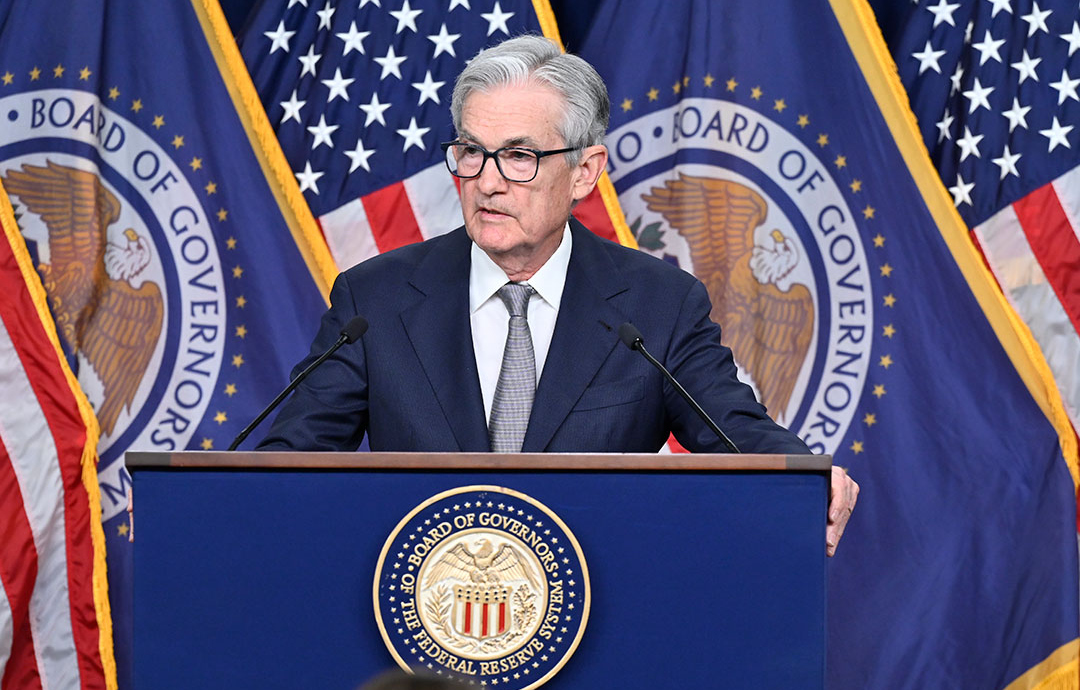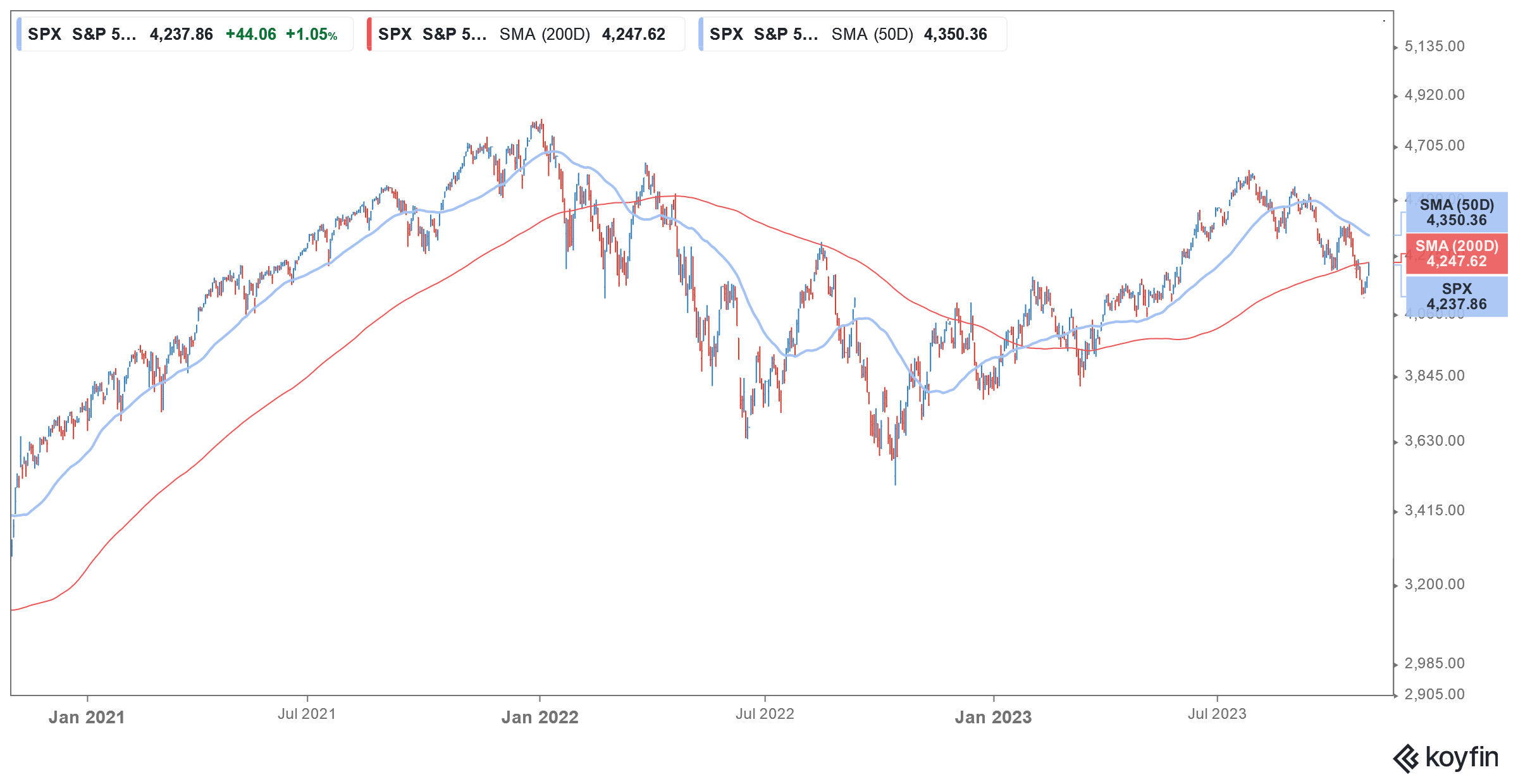
US markets closed in the green yesterday while most major share markets also rose today after the US Federal Reserve kept rates steady at the November meeting. Here are the key takeaways from the Fed’s November meeting.
As was almost unanimously expected, the Fed held rates steady in November. In its release, the FOMC said, “The Committee will continue to assess additional information and its implications for monetary policy. In determining the extent of additional policy firming that may be appropriate to return inflation to 2 percent over time, the Committee will take into account the cumulative tightening of monetary policy, the lags with which monetary policy affects economic activity and inflation, and economic and financial developments.”
Fed’s rate hike timeline
The Fed has been on a rate-hiking spree since March 2022. It raised rates by 25 basis points in March 2022 and by 50 basis points in May. In the next four meetings, it raised rates by 75 basis points each before lowering the pace of hikes to 50 basis points in December.
The US central bank raised rates four times in 2023 by 25 basis points each.
Key takeaways from Fed’s November meeting
In his speech, Fed chair Jerome Powell said, “The stance of policy is restrictive, meaning that tight policy is putting downward pressure on economic activity and inflation, and the full effects of our tightening have yet to be felt.”
He added, “Given how far we have come, along with the uncertainties and risks we face, the Committee is proceeding carefully. We will make decisions about the extent of additional policy firming and how long policy will remain restrictive based on the totality of the incoming data, the evolving outlook, and the balance of risks.”
In the past, Powell has blamed the tight US labour market for fueling inflation. However, he sounds less worried about the labour market and while he said that it remains “tight,” but added that “supply and demand conditions continue to come into better balance.”
According to Powell the supply of workers in the US economy has risen and also stressed that the country’s labour force participation rates have gone up. He also said that “immigration has rebounded to prepandemic levels” which has helped increase the supply of workers.
Powell on inflation
In September, the core personal consumption expenditure (PCE) which excludes the volatile food and energy prices and is the Fed’s preferred inflation gauge rose 3.7%. In his speech, Powell said, “Inflation has moderated since the middle of last year, and readings over the summer were quite favorable. But a few months of good data are only the beginning of what it will take to build confidence that inflation is moving down sustainably toward our goal.”
Yet again Powell ruled out rate and said “The idea that it would be difficult to raise again after stopping for a meeting or two is just not right.” He added, “The Committee will always do what it thinks is appropriate at the time.”
The US economy has been resilient
He added, “We are attentive to recent data showing the resilience of economic growth and demand for labor. Evidence of growth persistently above potential, or that tightness in the labor market is no longer easing, could put further progress on inflation at risk and could warrant further tightening of monetary policy.”
Notably, while US inflation has fallen sharply from the 2022 peaks, it is still high for comfort. Higher inflation is taking a toll on consumer spending and many consumers are down trading to cheaper brands and smaller packs.
Recession fears rise amid Fed’s rate hikes
Meanwhile, many economists believe that the Fed’s rate hikes might push the US economy into a recession. Jeffrey Gundlach also known as the “bond king” believes that the Fed would need to cut rates in 2024 as the US economy enters into a recession.
“We’ve seen hiring freezes, and now we’re starting to see layoff announcements … they’re out there [for] financial firms and technology firms, and I believe that’s going to spread.”
According to Gundlach, “One thing that the market is going to have to confront is we cannot sustain these interest rates and this deficit any longer.” He added, “We can’t afford this government that we’re running at today’s interest rate level. It’s completely unsustainable.”
Analysts tone down S&P 500 target
Last week, the S&P 500 entered into a correction zone and even the Dow Jones Index is approaching the “death cross” which means the 50-day moving average falling below the 200-day moving average – a bearish indicator.
Recently, Oppenheimer slashed its year-end 2023 S&P 500 forecast from 4,900 to 4,400 but predicted that markets would rise in 2024.
In a client note, John Stoltzfus, the firm’s chief investment strategist said, “We view the three-month corrective occurrence experienced by stocks since August as likely near an end. Valuations have come down substantially across the sectors … and resilience remains the operative word for the U.S. economy.”
US shares have come off their 2023 highs
He added, “Having experienced more than a few Fed Fund hike cycles since 1983 the recent pullback in stock prices is neither atypical in a process of a Fed funds hike cycle nor should turbulence be unexpected with a significant jump in geopolitical risk.”
US shares rallied handsomely in the first half of 2023 led by gains in tech names. The Nasdaq Composite rose around 32% and had its best first-half performance in four decades. However, US shares have since weakened and closed with losses for three consecutive months.
One of the reasons US shares rallied in the first half was the expectation that the Fed would start cutting rates later in the year. However, as the Fed’s November meeting has once again reaffirmed, markets misread the Fed’s resolve to raise rates and keep them elevated for an extended period.


Question & Answers (0)